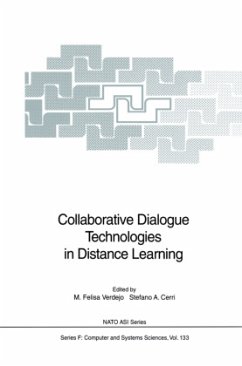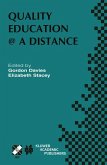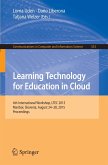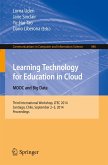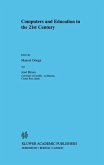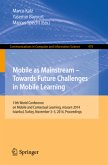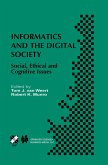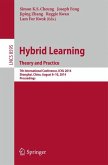In April 1993, an interdisciplinary NATO Advanced Research Workshop on "Collaborative dialogue technologies in distance learning" was held in Segovia, Spain. The workshop brought together researchers in fields related to distance learning using computer-mediated communication. The statement of justification of the NATO ARW follows hereafter. Justification of the NATO Advanced Research Workshop on Collaborative Dialogue Technologies in Distance Learning Computer Mediated Communication (CMC) systems have features that reduce some temporal, physical and social constraints on communication. Theories of communication have shifted from viewing communication as a linear transmission of messages by a sender to a receiver, to viewing it as a social paradigm, where individuals are actors in a network of interdependent relationships embedded in organizational and social structures. Recent research focuses on models of information-sharing to support not only the activities of individuals butalso the problem-solving activities of groups, such as decision-making, planning or co writing. This area of research is called Computer Supported Cooperative Work (CSCW). The Artificial Intelligence (AI) approach uses knowledge-based systems to enhance and facilitate all these processes, including the possibility of using natural language. The traditional model of distance education places a strong emphasis on indepen dent study, supported by well developed learning materials. This model can be characterized as one-way media. However, the potential of CMC to provide better guidance to the student in Higher Distance Education has been quickly recognized for at least two kind of activities: information sharing and interaction.
Bitte wählen Sie Ihr Anliegen aus.
Rechnungen
Retourenschein anfordern
Bestellstatus
Storno

